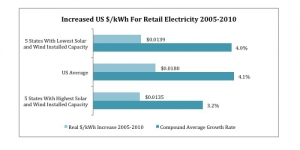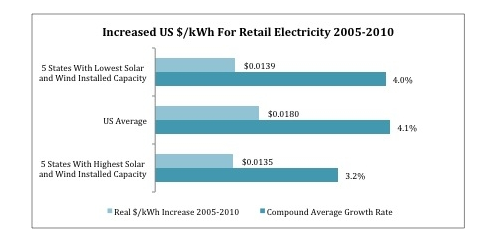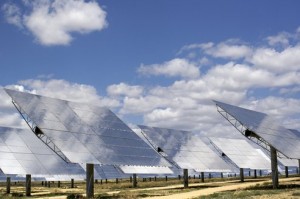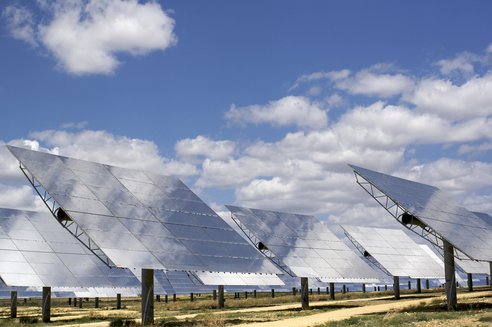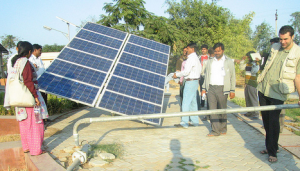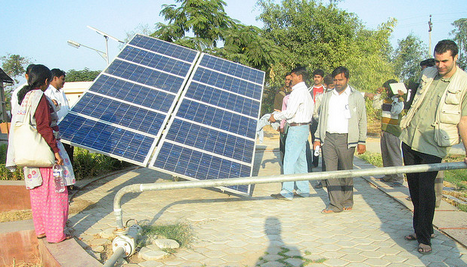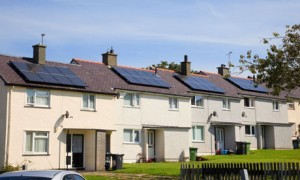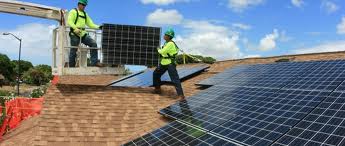
BP Solar is suffering a slow death that is hard to watch and reflects the cutthroat competition that marks an industry that used to be a lot more Pollyanna. The company is closing down and on Tuesday its joint venture partner, Tata Power, said it will buy out BP’s share in their enterprise.
Tata said it will purchase the 51 percent BP had in their Tata BP Solar joint venture, which was formed in 1989 and makes silicon solar panels and offers solar system design services. Tata didn’t disclose the purchase price. The joint venture is among the top three solar cell and panel makers in India, according to GTM Research.
The deal gives Tata total control of an operation that could benefit from India’s emergence as a sizable solar market. India’s central government wants to see 20 gigawatts of grid-tied solar energy and 2 gigawatts of off-grid uses by 2022, and it launched an incentive program in January 2010 that has auctioned off projects. A few states in India also run solar incentive programs. All these efforts are recent, so whether India can hit its goals still remains a big question.
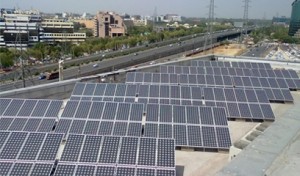
 Follow
Follow